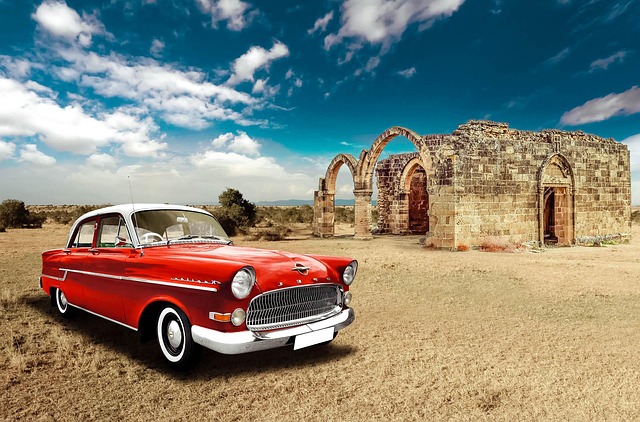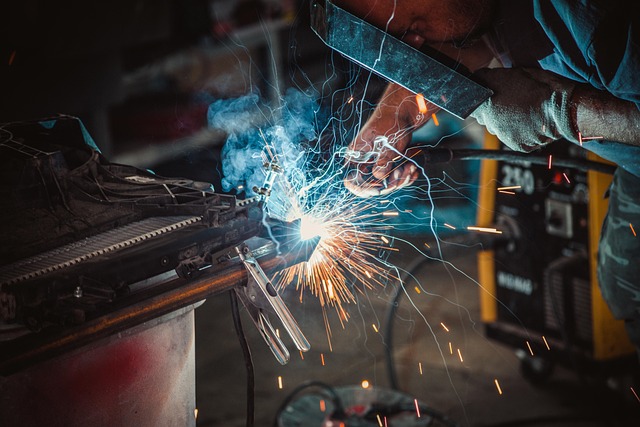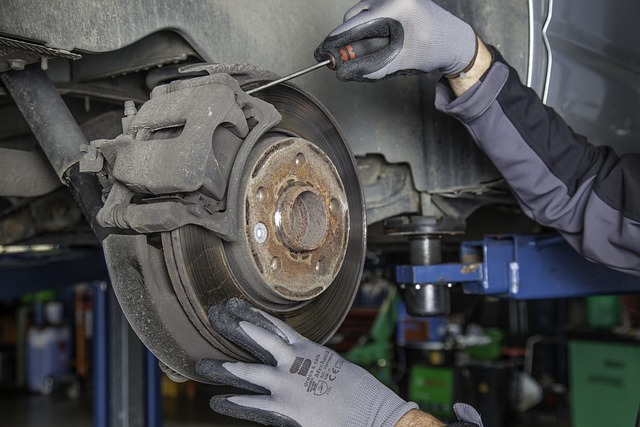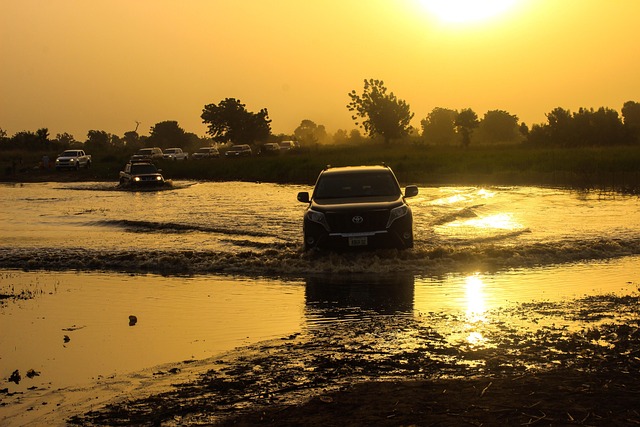By 2025, window tinting moves beyond aesthetics, becoming a key component in modern architecture's energy-efficient design. Advanced films reduce heat gain, decrease cooling energy use, and offer UV protection for both residential and commercial spaces. In vehicle repair, offering post-replacement window tinting solutions addresses heat, glare, and occupant comfort, enhancing aesthetics and year-round energy conservation. In regions with intense sunlight, this service is a standard in collision repair shops to protect vehicles and ensure customer satisfaction.
In 2025, window tinting remains a vital aspect of modern building design, driven by evolving occupant expectations and advancements in technology. This article explores why window tinting after replacement is still crucial, delving into its role in energy efficiency, sustainability, and enhanced privacy, security, and comfort. Discover how modern tinting technologies address contemporary challenges, from reducing energy consumption to safeguarding sensitive spaces, making it an indispensable component of eco-friendly buildings.
- The Evolving Importance of Window Tinting in Modern Buildings
- – Exploring changes in building design and occupant expectations
- – Discussing advancements in tinting technology and its benefits
The Evolving Importance of Window Tinting in Modern Buildings

In the ever-evolving landscape of modern architecture and construction, window tinting has emerged as an essential component in creating energy-efficient and comfortable indoor environments. As buildings become more sophisticated, with advanced insulation, smart technologies, and sustainable design principles at the forefront, the role of window tinting after replacement cannot be overstated. It’s not just about aesthetics anymore; it’s a critical step in enhancing the structural integrity and functionality of any building, whether it’s a residential home or a commercial complex.
The benefits of window tinting extend far beyond sun protection. In 2025, with global awareness on environmental sustainability at an all-time high, window tinting plays a pivotal role in reducing the amount of heat gained by buildings, thereby decreasing energy consumption for cooling. This is particularly relevant for regions with extreme climates, where temperature regulation is a constant challenge. Moreover, with advancements in technology, modern window tint films offer improved transparency and UV protection, ensuring that occupants enjoy optimal natural light while being shielded from harmful rays. For luxury vehicle owners who value their Mercedes Benz repairs or those seeking to preserve the interior of their cars, auto body painting experts often recommend window tinting as a proactive measure to protect against fading and damage caused by UV radiation.
– Exploring changes in building design and occupant expectations
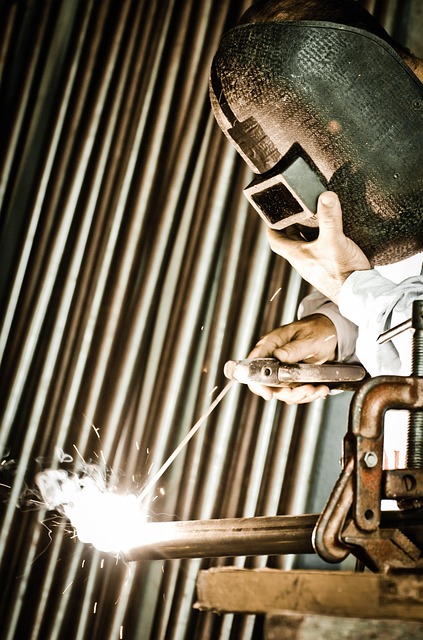
In the evolving landscape of building design, energy efficiency and occupant comfort are at the forefront of considerations for 2025. Modern architecture is increasingly characterized by larger glass panels, aiming to maximize natural light and views, but this trend also presents challenges in terms of heat gain and glare control. As a result, the need for effective window tinting after replacement becomes even more pronounced. Occupants now expect spaces that offer optimal temperature regulation and privacy, without compromising aesthetics.
Vehicle repair services have traditionally focused on fixing and replacing damaged or outdated windows, but they must adapt to cater to these new demands. Just as car paint services enhance the exterior, auto detailing for windows can elevate interior comfort and visual appeal. By offering window tinting as a service, professionals in vehicle repair can contribute significantly to the overall satisfaction and well-being of building occupants, ensuring that modern architectural trends are balanced with practical solutions for year-round comfort and energy conservation.
– Discussing advancements in tinting technology and its benefits
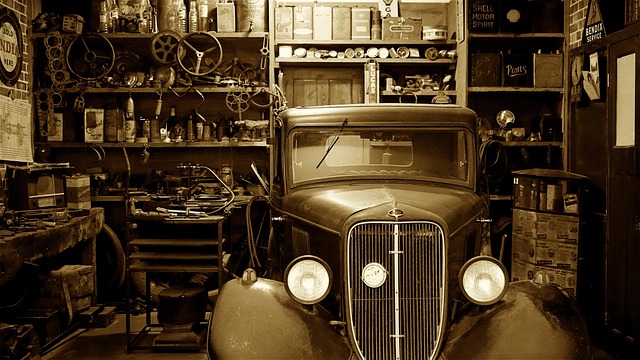
The year 2025 marks a significant evolution in window tinting technology, offering more advanced and tailored solutions than ever before. Beyond simply blocking sunlight, modern window tinting has become an art form, providing both aesthetic and practical benefits. Advanced films now boast enhanced durability, ensuring they withstand the rigors of daily driving and even automotive collision repair without compromising effectiveness. These improvements are particularly relevant for auto bodywork and frame straightening processes, as tinted windows can be seamlessly integrated during these critical stages.
With technological leaps, window tinting has become more versatile, catering to diverse needs. From heat rejection and UV protection to privacy enhancement, these films provide an unparalleled level of control over the interior environment. This is especially beneficial for those living in regions with intense sunlight, where automotive collision repair shops often prioritize window tinting as a standard post-replacement procedure, ensuring customer satisfaction and vehicle protection.
In 2025, despite technological advancements and evolving building designs, window tinting after replacement remains a vital consideration. As modern buildings prioritize energy efficiency and occupant comfort, strategic window tinting offers a powerful solution for managing interior environments. Advancements in tinting technology provide diverse options, from enhanced privacy to UV protection, ensuring that spaces remain comfortable and controlled long after installation. Embracing window tinting as an integral part of building maintenance ensures optimal performance, aesthetic appeal, and the well-being of occupants.
